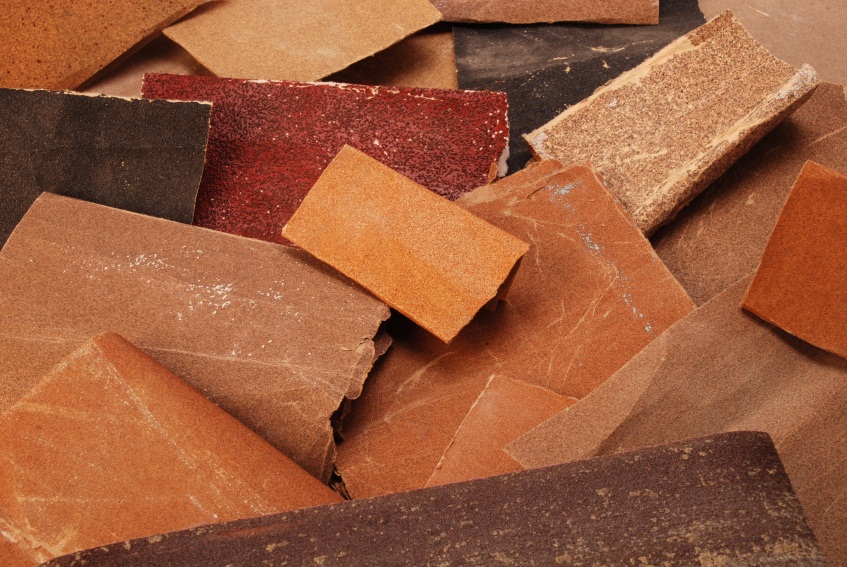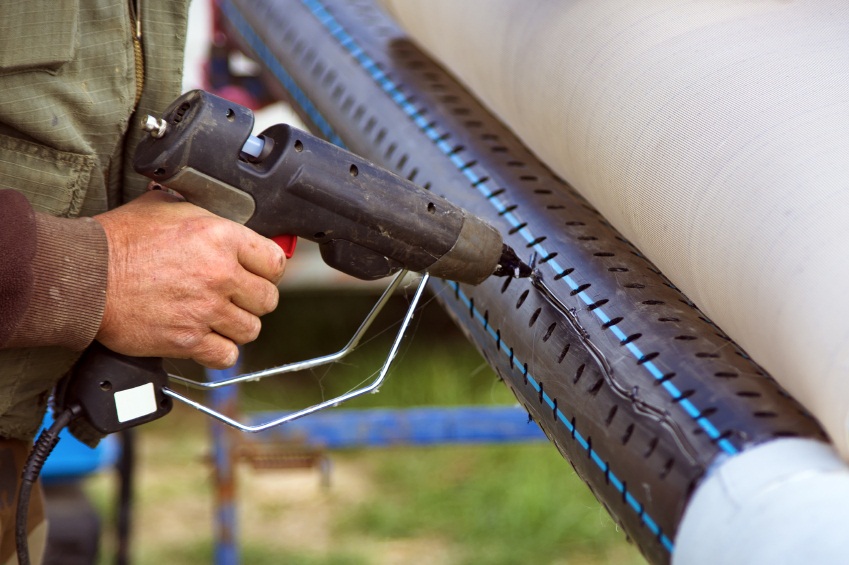Sanding magnets for epoxy press fit into stainless steel rotors. In the end the holes will be star shaped or press fit holes with tiny v shaped grooves that hold epoxy. Not sure everyone will follow that so I may find a picture. All bonding surfaces need to be sanded and placed right away to prevent oxidation and poor holding power.
Announcement
Collapse
No announcement yet.
Motor Generators
Collapse
X
-
https://www.jobmastermagnets.com/how...dymium-magnets
How to Glue Your Neodymium Magnets
Tips and tricks for gluing neodymium magnets. Types of glue to use, and what not to use! Call Jobmaster Magnets today.
Glue or adhesive is often used to hold magnets in place. With so much uncertainty around different types of glue, here are some things to keep top of mind.
1. Clean your surfaces
You'll want to first make sure that the surfaces you're applying glue to are clean and free of blemishes. Dirt, grease and dust can hinder the effectiveness of the glue.
Surfaces can be cleaned with an alcohol swab or cloth. You can also use a product that's a dedicated adhesive primer (these are usually made from alcohol or acetone).
 2. Scratch the surface
2. Scratch the surface
Most epoxies and adhesives require some roughening if you're applying to an overly smooth service. Use sandpaper or abrasive "roughen" the surface. Remember to clean off the dust when you're finished to ensure maximum hold.
3. Type of glue
There are a number of adhesives that work well, however, be sure to check the cure time before purchasing. Here are a few adhesives we recommend:- Two-part epoxy - often sold as a 5-minute epoxy
- Cyanoacrylate - sold as 'Crazy Glue'
- JB Weld
- Liquid Nail
- Silicone adhesive
The adhesive you choose depends on the application. If you're looking for something that's versatile, it's best to choose an epoxy adhesive when bonding with the nickel plating of our magnets as well as various other surfaces.
 4. Hot glue guns
4. Hot glue guns
With so many different options for acceptable adhesives, you should definitely stay away from hot glue guns. Although this may be a go-to adhesive for so many other surfaces, high temperatures can affect the strength of your magnets. Even the advertised "low-temperature" models can still be damaging.
5. Gluing plastics
Gluing magnets to plastic can be tricky, so you may want to consider contacting the company of the adhesive you're using for additional support if you're experiencing difficulty.
When using plastics, it's important to remember that they're all different. Plastics like ABS, which is used in many consumer products) and PVC (used most commonly in white plumbing pipes) work well with a variety of adhesives. On the other hand, plastics like polypropylene (milk jugs) and polyethylene (disposable plastic shopping bags) are nearly impossible for the adhesive to bond to.
6. Other adhesives
For smaller applications, double-sided tape can often work well. Tapes are not recommended for larger or more powerful magnets, but for smaller, lighter ones it's a good fit. Your only real option for double-sided tape is:- 3M VHB
Comment
-
Coils in Progress Coils on the bench.jpeg A coil.jpeg“Advances are made by answering questions. Discoveries are made by questioning answers.”
—Bernhard Haisch, Astrophysicist
Comment
-
7326B539-548B-4A91-A4AC-BFC90E95F759.jpeg Hundreds of pieces of permalloy painted with high temp enamel and ready to be glued into cores.“Advances are made by answering questions. Discoveries are made by questioning answers.”
—Bernhard Haisch, Astrophysicist
Comment
-
I just got a very generous offer from someone who is willing to send me some coils with a specific winding pattern he believes will be of assistance to me so that I can test them against the coils I have on this machine. Can't beat that! Especially since I absolutely HATE winding coils.Last edited by Turion; 03-16-2021, 06:23 AM.“Advances are made by answering questions. Discoveries are made by questioning answers.”
—Bernhard Haisch, Astrophysicist
Comment
-











Comment